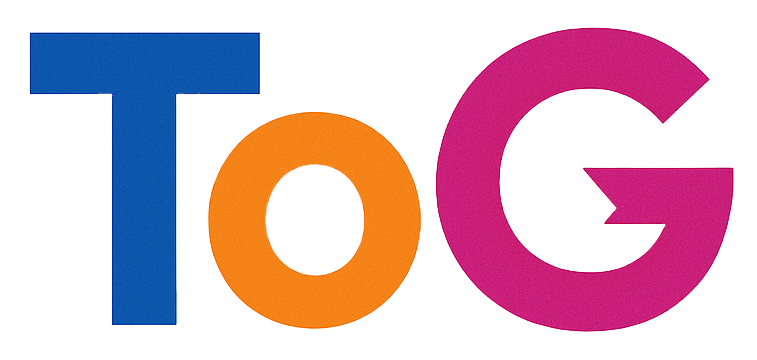Understanding and Resolving Google Indexing Issues for Established Websites
In the dynamic world of search engine optimization (SEO), even experienced website administrators can encounter unexpected indexing challenges. Recently, a seasoned publisher faced a situation where new content published on their longstanding site was no longer appearing in Google search results. This case highlights common issues and practical steps for diagnosing and resolving such problems.
Background
The website in question is a well-established student newspaper, operational since the early 2000s, with a consistent publishing schedule that typically results in new posts being indexed within minutes. However, in this instance, the website’s latest 45 posts, published over a span of several days after August 26, 2023, failed to be indexed despite being crawled by Google Search Console.
The Issue
According to Google Search Console, the platform reports that these new pages have been crawled but not indexed. This indicates that Google is aware of the pages but has opted not to include them in search results. Several factors could contribute to this scenario, including recent website changes, technical issues, or indexing policies.
Recent Changes and Observations
The site administrators recently added new categories to organize content and published a test post that was subsequently removed. There are reports of users clicking on broken links related to this deleted post. Although such issues are common and typically do not result in penalties, they may influence how Google perceives the site’s credibility or crawl budget.
Additionally, the site administrator noted that they submitted the website URL to Google Search Console just yesterday, and the processing status is still pending, preventing detailed insights into potential indexing issues.
Troubleshooting Steps and Recommendations
- Verify Robots.txt and Meta Tags
Ensure that the robots.txt file does not inadvertently block Googlebot from crawling your new categories or posts. Additionally, check that individual pages do not include meta tags like noindex, which prevent indexing.
- Review Server and Site Health
Confirm that your website is accessible without errors (e.g., 404s, server errors) and that loading times are optimized. Use tools like Google Search Console’s URL Inspection tool for specific pages.
- Inspect the Impact of Recent Changes
Since recent category additions or temporary removal of posts might have affected your site’s structure, double-check that your sitemap is up-to-date and submitted correctly in Search Console. Also, review whether any changes could have introduced duplicate content issues.
- Evaluate Crawl Budget and Site Structure
Large or

